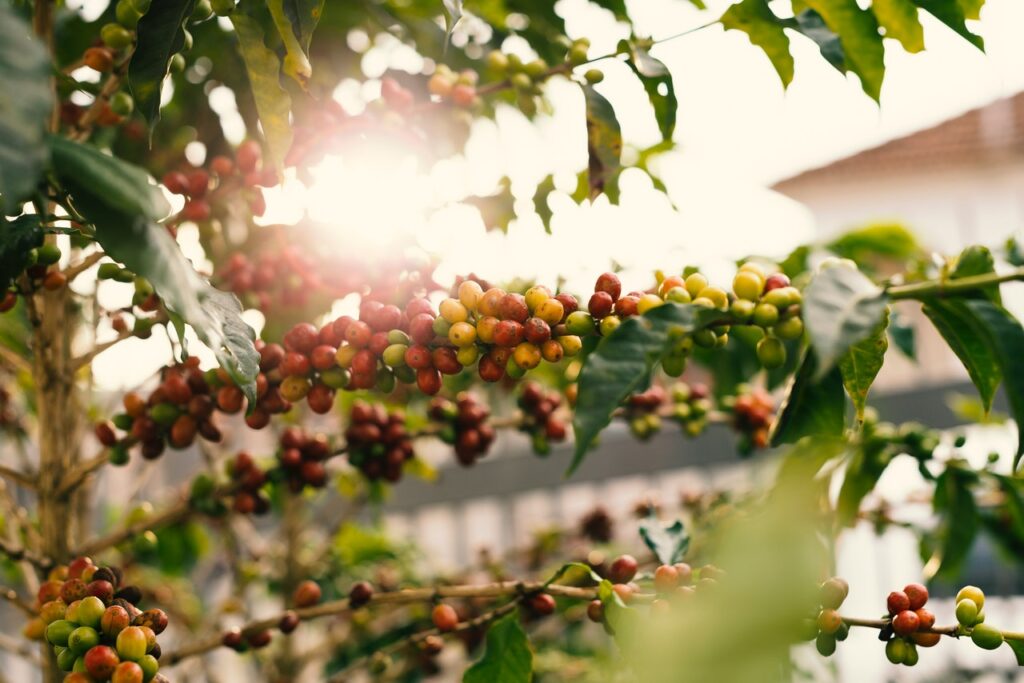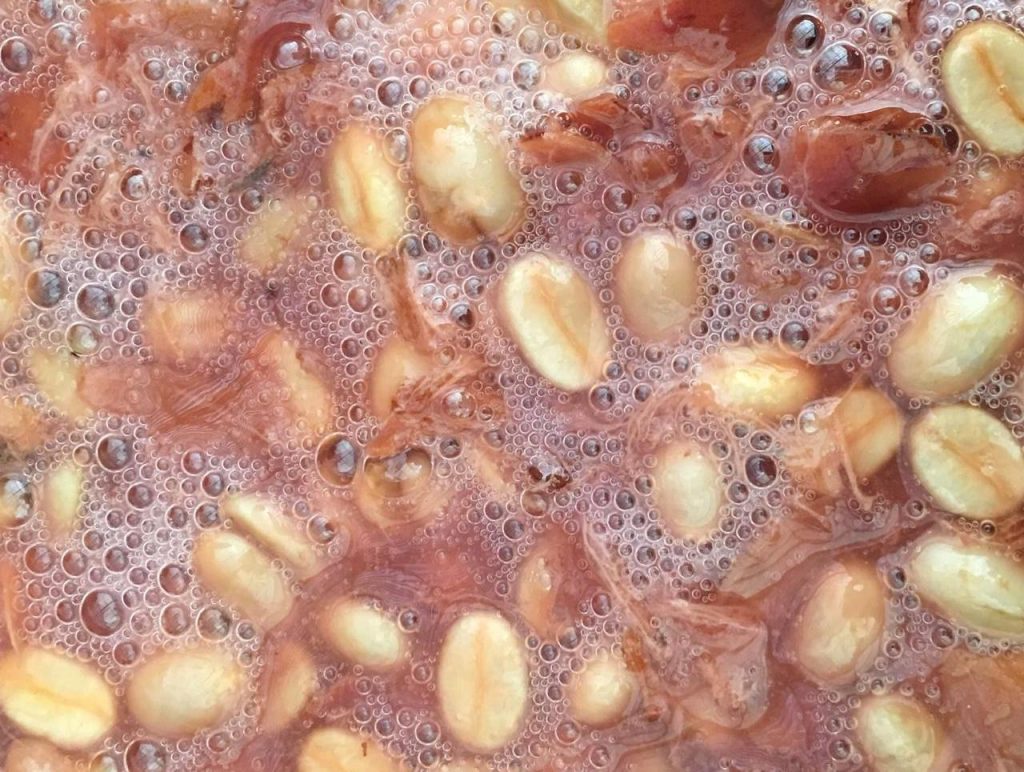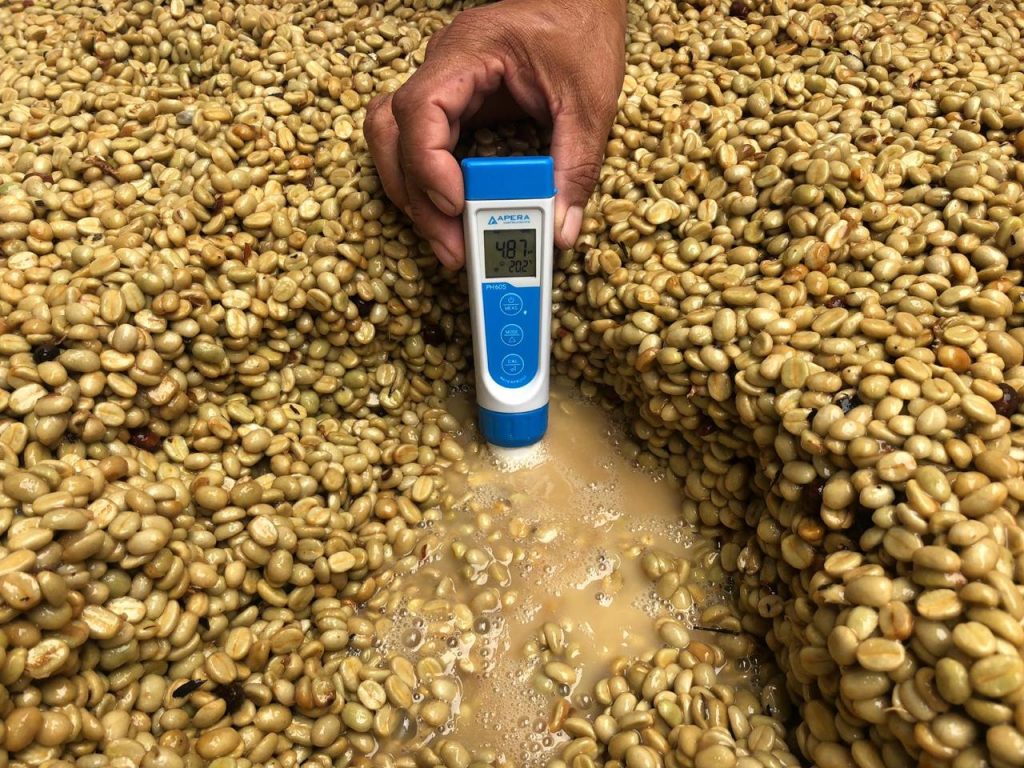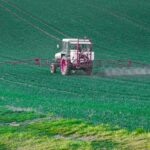Most people can’t imagine their day beginning or ending without a delicious cup of coffee dousing their palate. However, creating quality coffee is no easy task. From the time coffee seeds are planted, picked, processed to the time of purchase, the crop is processed at multiple levels to optimise its quality. One crucial step in this process is fermentation of the coffee cherry.

Why leverage Coffee Fermentation?
For starters, fermentation is a natural process in which microorganisms such as yeast metabolize compounds such as sugars and acids. In the case of coffee cherries, breaking down sugars and acids under controlled circumstances (controlled fermentation) further develops the flavour and aroma.
Additionally, coffee cherries have an inner layer of pulp called mucilage composed of sugars, amino acids, aroma precursors, etc. Fermentation of coffee is crucial to enhance quality through the non-mechanical removal of this mucilage. This process occurs after the cherry harvesting, but before seed drying. While the quality of coffee is predetermined to an extent from the fields, an appropriate level of fermentation draws out the characteristics maximally.
Different parts of the world follow different methods of fermentation and processing.
Types of Processing
Along with fermentation, processing coffee can be completed in any of the following three ways:
Natural (Dry) Processing
The oldest method. It involves leaving the fruit (coffee cherry) untouched until it dries. Naturally processed coffee is then fermented and dried whole. Although this requires less investment, it relies on certain climatic conditions, hence humidity or rain could lead to spoilage.
Honey Processing
This lies halfway between the dry and wet processes. Here, the coffee cherry’s skin or pulp is removed within a day after harvest, leaving behind only the mucilage on the seed as it dries. It’s not as fruity as the natural processed coffee, but has a more rounded acidity than washed coffee.
Washed (Wet) Processing
A de-pulping machine removes the coffee cherry’s skin and most of the fruit’s flesh within a day of harvest. Thereafter, fermentation of the beans occurs in an open tank over 2-3 days. Requiring less time and labour, this is the most conventional method. This method also minimizes the risk of spoilage.

Irrespective of the process used, it is important to maintain the quality of coffee.
Ensuring consistency in Coffee Fermentation and Processing
Fermentation involves chemical reactions resulting from yeast or bacteria acting upon sugars. If the conditions change, their influence on the flavours and aroma of coffee tends to change too. This makes it difficult to achieve consistency in the quality of coffee.
Keep the following points in mind to ensure consistency in coffee quality:
Coffee Cherry Quality
The quality of the raw material (i.e coffee cherry) is important since fermentation only draws out the flavours and aroma. Thus, factors such as the amount of water used, pruning in the field, etc are key to producing quality coffee.
Cleanliness
This is necessary to prevent contamination of the coffee plant by harmful microorganisms.
Minimal Oxygen Presence
Anaerobic fermentation is the preferred process that occurs in the absence of oxygen. Since oxygen can influence microorganisms in unfavourable ways, a good way to ensure anaerobic conditions is to leverage hermetic bags by Save Grain Bags during the coffee fermentation process. The hermetic technology minimizes oxygen contact during the entire fermentation process. The zip provided with these bags allows you to unlock the bag when required throughout the process.
Type Of Microorganisms
Different microorganisms have different effects on coffee. Some enhance the fruity flavours, some add citrus notes to it, while some speed up the efficiency of the process. Therefore it’s important to select the right ones depending on the kind of coffee you’re aiming for.
Temperature & Time
Temperature affects the rate of the fermentation process, so it is necessary to regulate and monitor it.

Recording Data
To be able to repeat the process and achieve the same level of quality, it is essential to measure and record the different variables such as temperature flux, fermentation time, pH levels, etc.
Conclusion
These factors could help maintain consistency in the quality of coffee, preserving the relationship with your customers and boosting the market value of your coffee.
To conclude, coffee fermentation is a complex process, which enhances the flavour and aroma of coffee, making it tastier and smoother, as well as cleaner, safer and easier to digest.
To know more about our hermetic products and pricing, click here.



